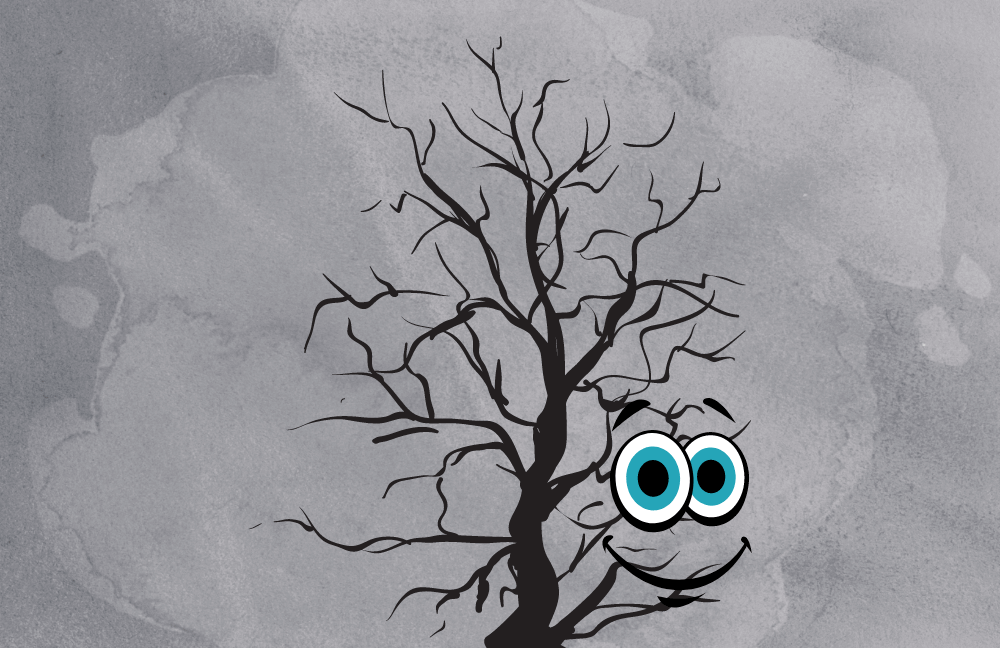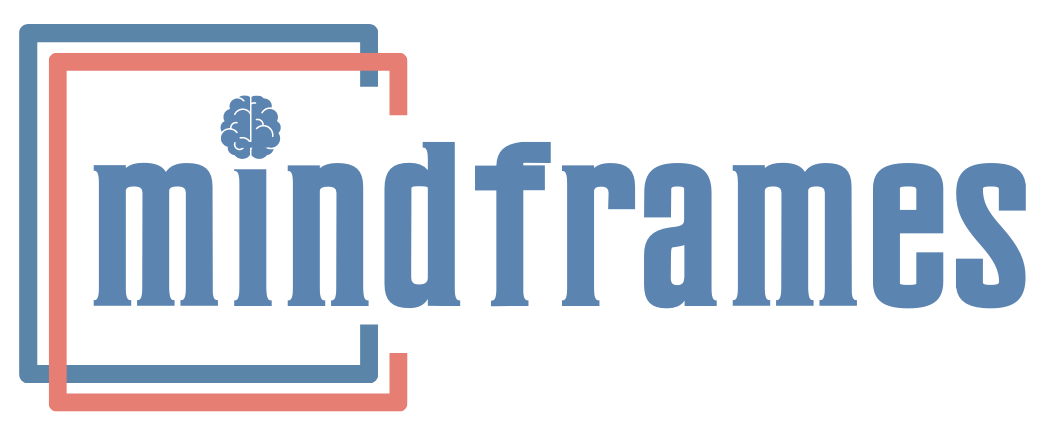Therapy in Children
Why Psychotherapy for Children?
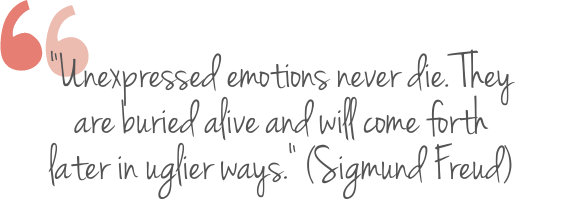
How is Child Psychotherapy Different?
Therapy for children varies significantly from that for adults. A child therapist must communicate from a child-like cognitive perspective to reflect the child’s mind and build rapport; yet receive, direct and analyze the information from an adult mode. The verbal and non-verbal communication cues from kids are also distinctive.
Most children do not like visiting a mental health professional for emotional or behavioral concerns. They are resistant because they feel cornered and stigmatized. Many emotional children could just clam up and not speak. And often when they do, some questions that children and adolescents ask, may border on professional boundaries as they cannot retain inhibitions as do adult clients. That is why a rapport with a child is best built through play tasks, creativity, and matching the discussion to the child’s likes and preferences. A patient and empathic child therapist will think out of the box and use creative means to communicate, alongside keeping professional goals in mind.
Stepwise Process in Therapy
Rapport Building with Children
- Being calm, patient and tolerant
- Gaining their trust and confidence
- Establishing some common ground
- Being neutral and non-judgmental
- Communicating self-confidently
- Natural and unrestricted demeanor
- Empathy, genuineness and respect
Targets of Child Psychotherapy
- Replacing disruptive behaviors
- Steering dysfunctional thinking
- Improving low self- confidence
- Diplomatic conflict resolution
- Behavior modification training
- Modifying parent expectations
- Parent and child communication
Structure of Psychotherapy
- Evaluation session with parents
- Introduction, rapport building
- Assessment and analysis
- Making a diagnostic impression
- Setting goals and a therapy plan
- Monitoring progress and success
- Review, feedback and closure
Therapies for Children
- Acceptance and Commitment Therapy (ACT)
- Behavior Therapy (BT)
- Cognitive Behavior Therapy (CBT)
- Dialectical Behavior Therapy (DBT)
- Interpersonal Therapy (IPT)
- Parent Child Interaction Therapy (PCIT)
- Play Therapy
Parent History and Intake
- Events around birth of the child
- Detailed developmental history
- Social and emotional milestones
- Relationship with siblings if any
- Food, eating, sleeping behaviors
- Academic performance details
- Relatedness with their classmates
Parent Recommendations
- Maintain regularity in therapy
- Express your emotions clearly
- Respect individuality of children
- Offer useful and timely feedback
- Follow the behavioral homework
- Learn reinforcement strategies
- Heal yourself in the process too
Does My Child Need Psychiatric Medication?
Medication options are available for nearly every psychiatric disorder in children. Particularly ADHD (attention-deficit/hyperactivity disorder), disruptive behavior, anxiety, depression, self-injurious behavior in autism, and psychoses in children. But medications are not devoid of side effects and we do exercise a strong coefficient of caution before prescribing.
Some medicines require blood tests, ECG or CT Scans before their initiation. Medicines in children should always be given under supervision to ensure that the child is really taking them, and eliminate any risk of overdose. We work intensively with different psychotherapies and behavior modification models. Holistic approaches that incorporate family interaction, school support, social network and peer relationships work best for children. Here are principles of some therapy types.
Dialectical Behavior Therapy (DBT)
Family Therapy
Group Therapy
Interpersonal Therapy (IPT)
Parent Child Interaction (PCIT)
Play Therapy
Dr Shefali Batra: Therapy For Children
Changing emotional reactivity and behavior patterns is not easy. Parents too might find it challenging to alter their automated behaviors with their children. We acknowledge this and with ongoing communication, step by step support, cognitive challenge techniques, relaxation training and continuous daily guidance and self-monitoring, the speed of emotional healing increases manifold. And children and parents get empowered to deal with this anxiety better.
Psychological disorders in early years can cause long-lasting emotional disruption that affects all dimensions of the child’s development. Timely intervention and treatment of anxiety and depression in children reduce negative academic, emotional and social consequences, and helps navigate smoothly into hassle free adulthood. Seek therapy today to assure a better tomorrow for children.
Dr Shefali Batra was interviewed by VERVE Magazine on Demystifying Mental Health. She explained the applicability of different therapies and how they help. She also spoke to the Free Press Journal along with other experts, explaining the importance of optimal parenting strategies for helping children. She is a Feature Writer in India’s Teen Zine called Teenager Today.
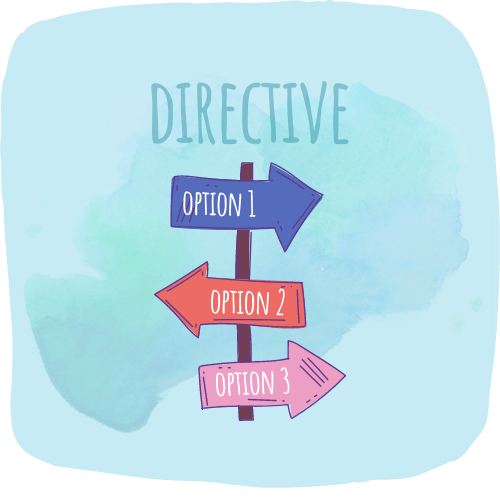
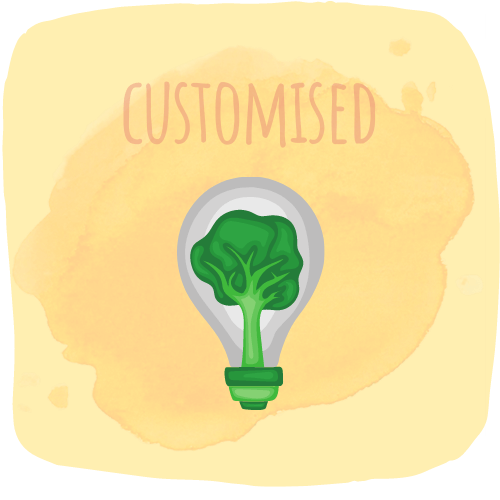
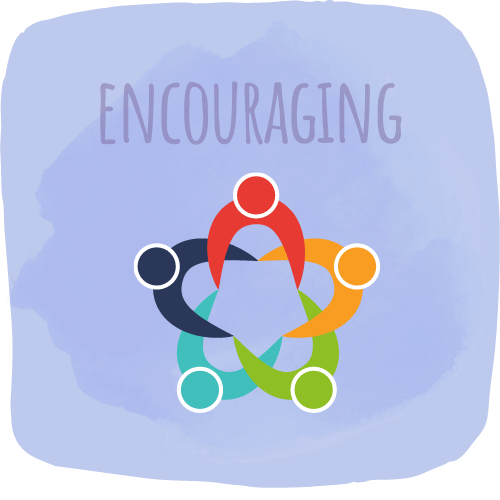
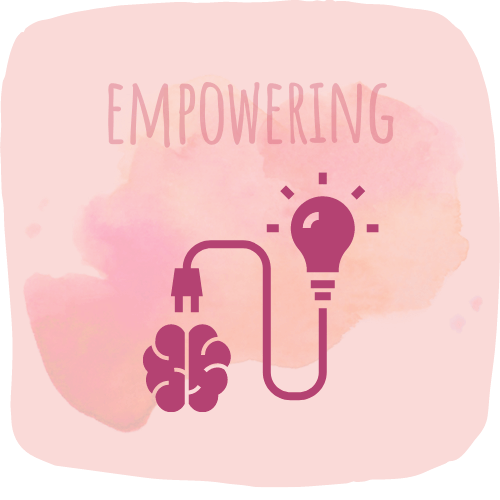
References
- Bhide, A., & Chakraborty, K. (2020). General Principles for Psychotherapeutic Interventions in Children and Adolescents. Indian journal of psychiatry, 62(Suppl 2), S299–S318.
- Gautam, S., Avasthi, A., Grover, S., (2019) Preamble for Clinical Practice Guidelines for Child and Adolescent Psychiatric Disorders. Indian J Psychiatry.;61(Suppl 2):153-154.
- Srinath, S., Jacob, P., Sharma, E., Gautam, A., (2019). Clinical practice guidelines for assessment of children and adolescents. Indian J Psychiatry;61:158–75.
Latest Posts
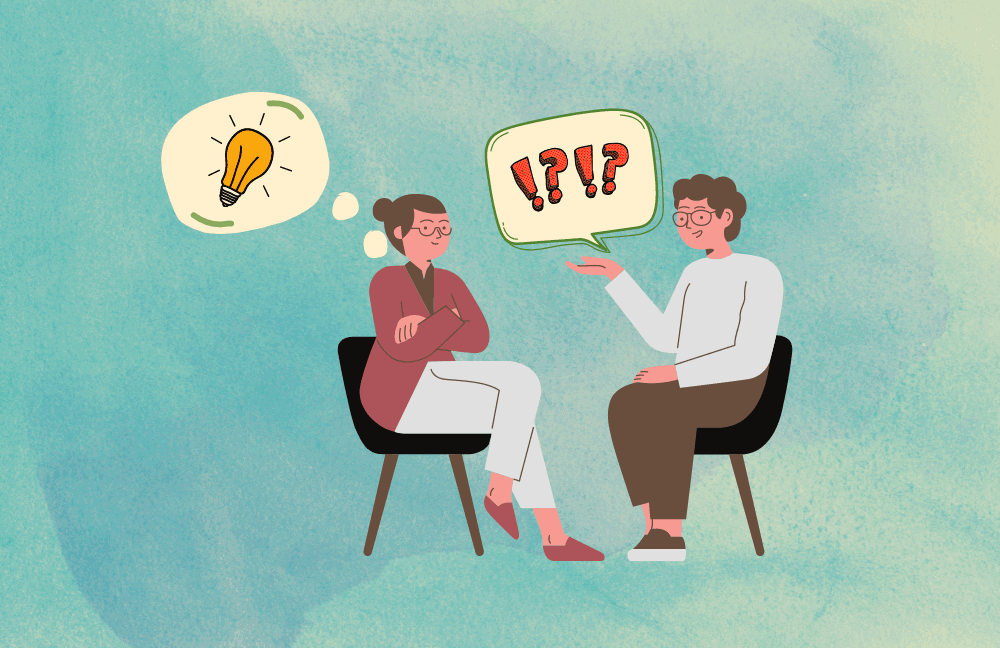
7 Reasons Why You Should Seek Therapy
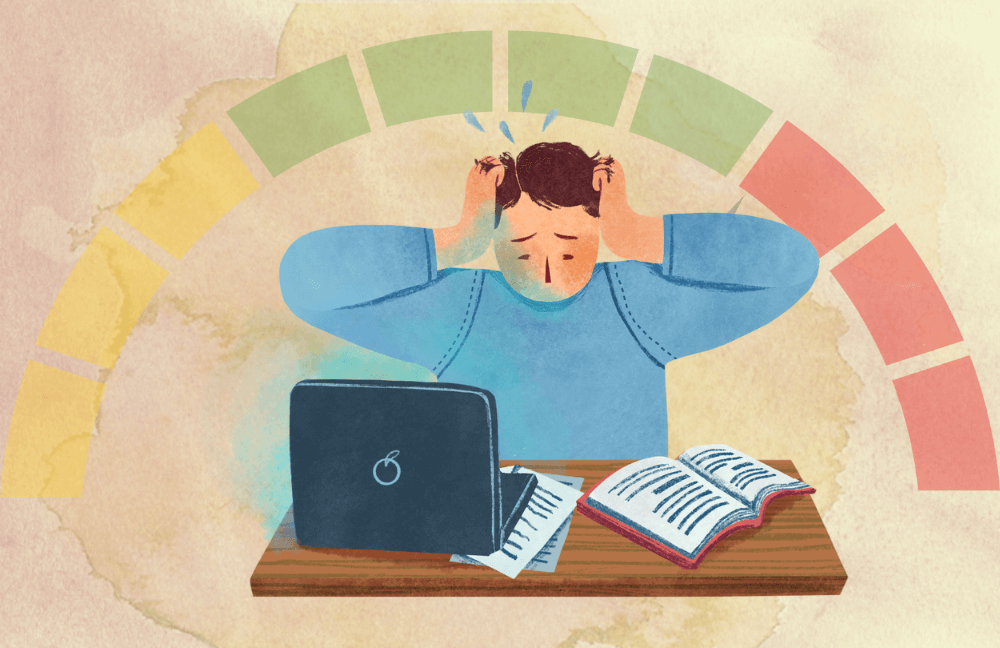
7 Questions About Workplace Stress Answered
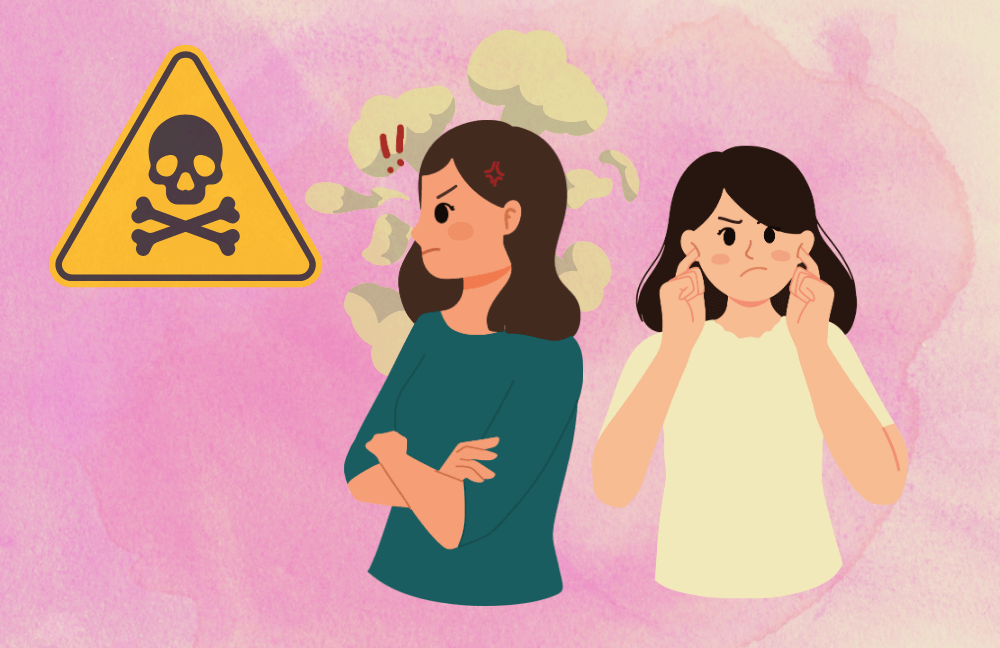
5 Ways To Deal With A Toxic Coworker
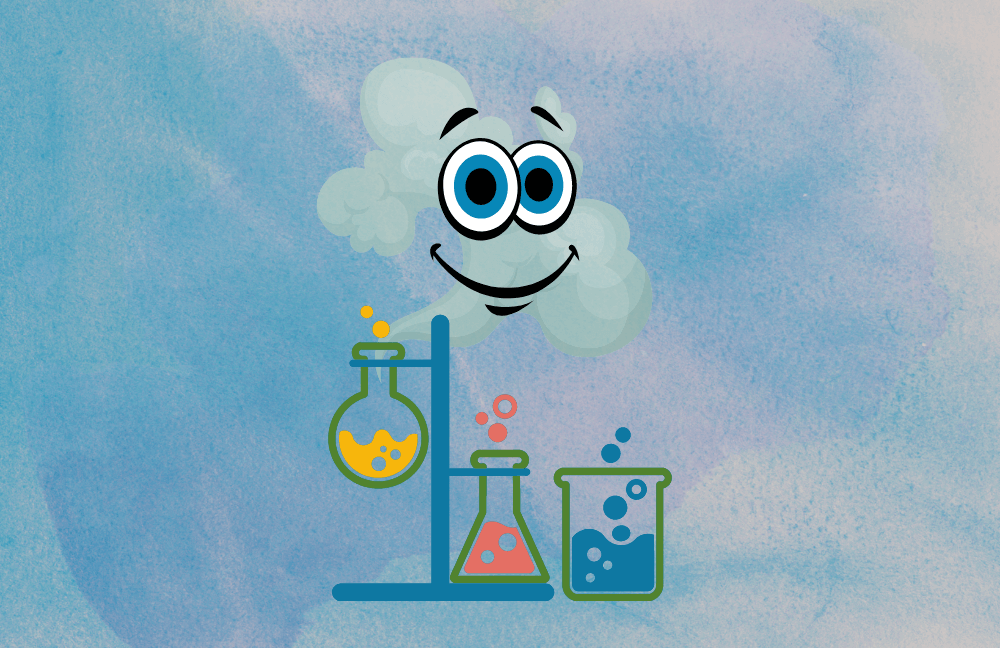
Science of Happiness: 1000s Of Years Of Research
